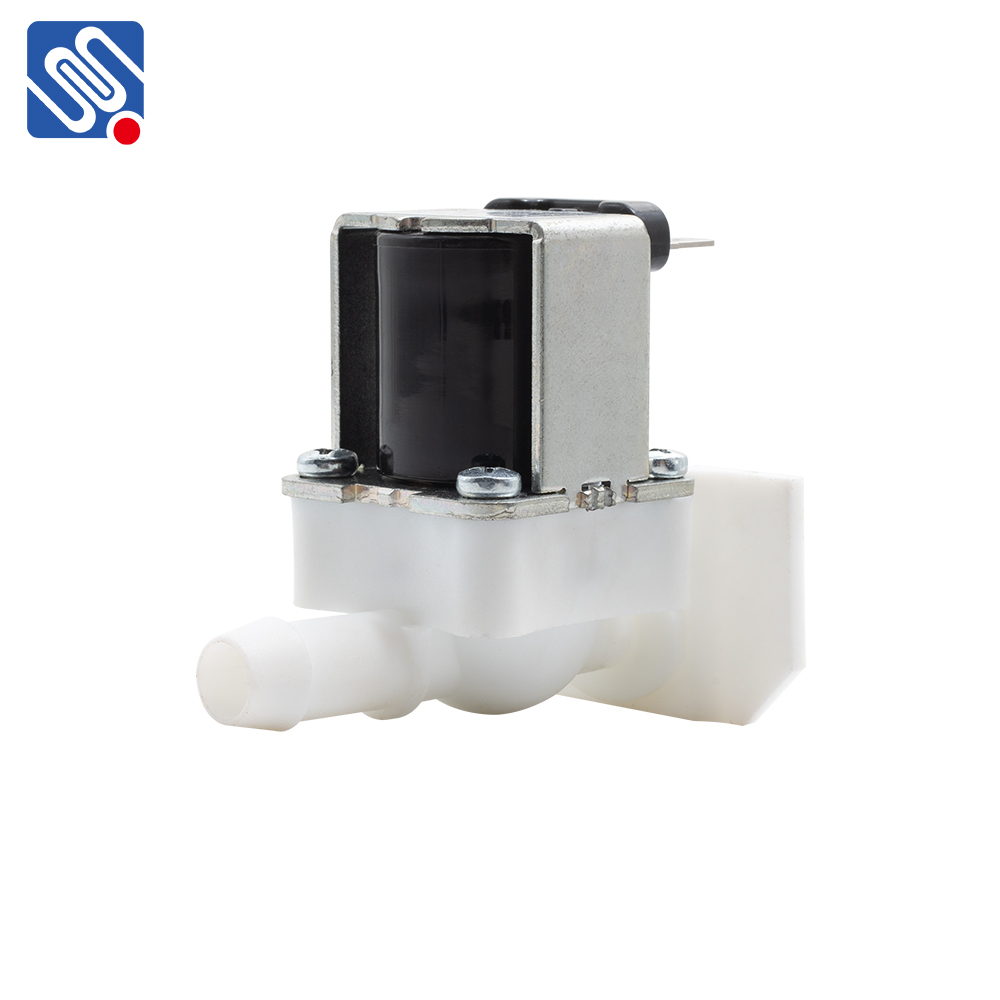A Low Flow Solenoid Valve is an essential component in fluid control systems, designed to regulate the flow of liquids or gases through pipes with precision, especially in low-flow applications. Solenoid valves operate electrically, utilizing a solenoid coil to control the valve mechanism. When a current flows through the solenoid coil, it generates a magnetic field that moves a plunger or armature, either opening or closing the valve. This on/off mechanism allows for accurate control of fluid flow in a wide range of applications.

Key Features of Low Flow Solenoid Valves Low Flow Solenoid Valves are engineered to handle small volumes of fluid, often in systems where precise flow control is crucial. These valves typically operate with flows as low as a few milliliters per minute or less, making them ideal for delicate applications where standard valves might not provide sufficient control. Some of the primary features of Low Flow Solenoid Valves include: Precision Flow Control: These valves are designed for applications requiring fine adjustments in flow. The small size and precise operation allow them to effectively control low volumes of fluid without over-pressurizing the system.
Leave a Reply